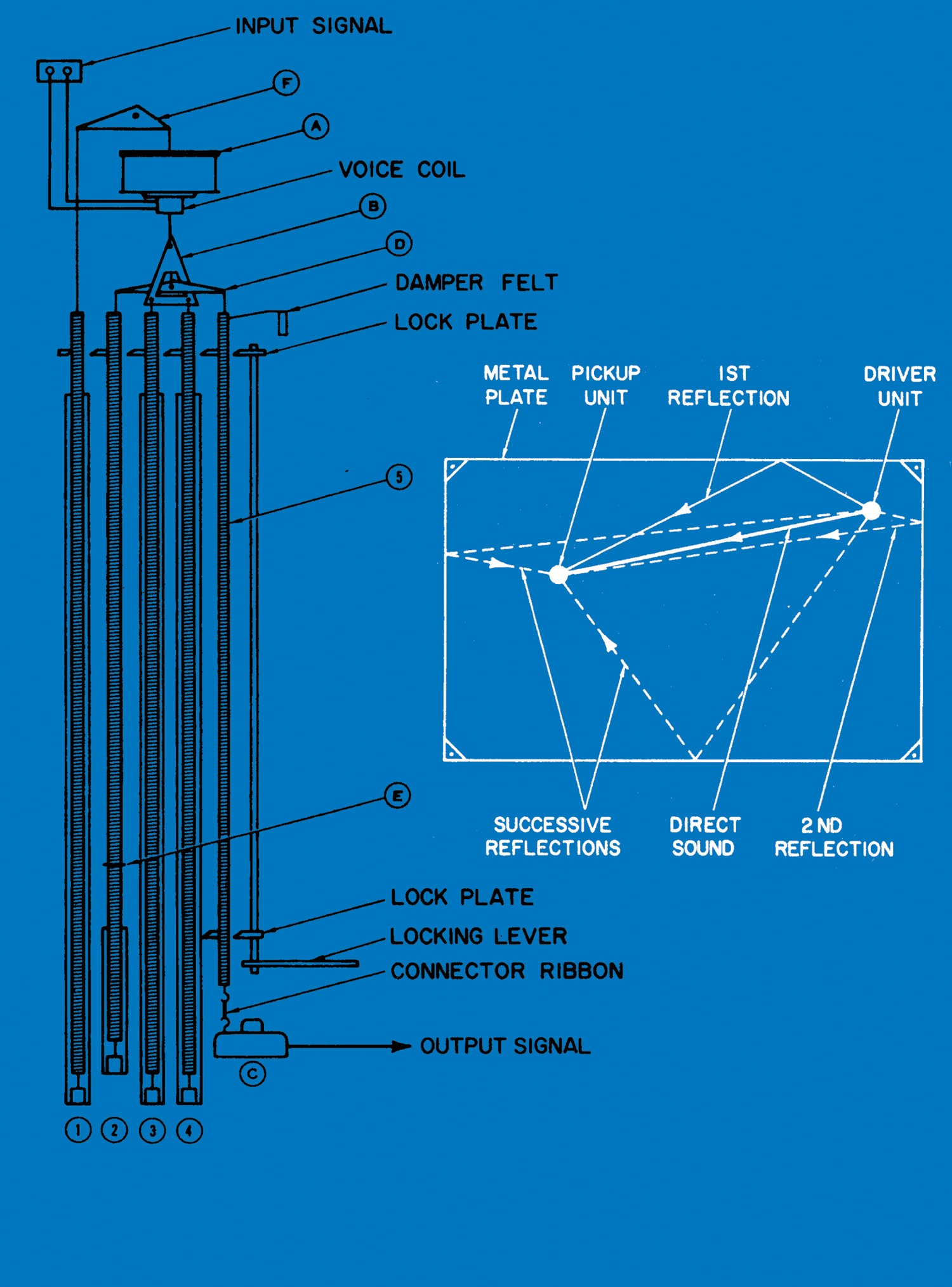Radial Engineering has been creating robust, well-designed, great-sounding audio boxes for decades now. The Canadian company - pioneers in the re-amping game - excels at solving problems that audio engineers don't even realize they have. I'm a big fan of their gear in general, and their DI boxes in particular. A while back, I reviewed the JDV Mk3 direct box [Tape Op #36], which has since been further updated to the Mk5. With its crazy amount of clean headroom and bevvy of features, I still consider the JDV to be the gold standard for DI boxes.
Recently, Radial introduced the Firefly tube DI box, which offers most (actually, maybe more) of the JDV's features. The Firefly is about the same size as the JDV (that is, pretty big - about twice the size of a normal DI box), but is yellow (very little danger of tripping over it!) and has a handle on top (convenient, as the unit is fairly heavy). The big difference between the two, really, is that the Firefly has a 12AX7 tube- driven output (the input is solid-state Class A), whereas the JDV is solid-state Class A throughout.
Like the JDV, the Firefly has two separate inputs, each with its own trim control - very handy for onstage use, when switching between two instruments that may have different output levels - and there is a jack for an external A/B footswitch. A global output-level knob gives the user a bit more gain-staging control. Like most high-end DI boxes, the Firefly offers plenty of flexibility with features such as polarity reversal, ground lift, tuner and auxiliary outputs, and an insert jack for effects. As with many Radial products, the Firefly includes a Drag control, which varies the load on magnetic pickups continuously between 22 kΩ and 500 kΩ, which can change the tone of instruments, particularly ones with low- output pickups. In practice, this is a subtle effect that seems to refine the instrument's "feel" more than actual sound; I tend to notice it most when I am the one playing the guitar or bass. In any case, I'm glad Radial came up with the Drag control and has offered it on so much of its gear; it's a nice tweaky detail.
Perhaps the Firefly's most underrated control is the plain- jane low-cut knob. At first glance, it appears unnecessary - like, why would anyone want to roll off low end from a bass track when it can always be done later? Well, cutting a bit of infrasonic material from, say, a bass track at this initial stage of the gain game can head off low-frequency resonance that might blossom into oscillation and murk. Also, if you decide to overdrive your preamp for effect - to fatten up bass or keyboard sounds, for example - engaging the filter prevents the infrasonic lows from pushing the preamp into overdrive sooner than you want. In the same manner, if you're feeding a compressor, the filter can alleviate compressor "pump" caused by too much low end. When using the Firefly, I found this control very helpful for shaping the foundation of a bass tone. It's possible, of course, to accidentally knock the knob out of position, so taping it in place might not be a bad thing to consider, once the optimum setting for a session is found.
Okay, enough about the bells and whistles. Does the Firefly sound good? Heck yes, it sounds awesome. Does it sound as clean and open as its half-brother JDV? No, but it's not really supposed to. The Firefly's tube output stage, to my ears, provides a fairly subtle amount of harmonic distortion - very pleasing on bass and guitar tracks - and I found the sounds were just a hair less "spiky" than they might be with a fully solid-state DI box.
Built sensibly and hardily, the Firefly does not come cheap at 600 bucks. It is such a good-sounding and versatile box, though, that it could very comfortably play the role of "main, fancy DI" in a typical studio's arsenal of otherwise utilitarian boxes.
$600 street; www.radialeng.com
Pete Weiss is at weissy.com




_disp_horizontal_bw.jpg)